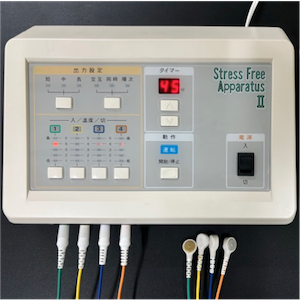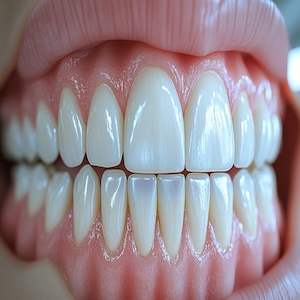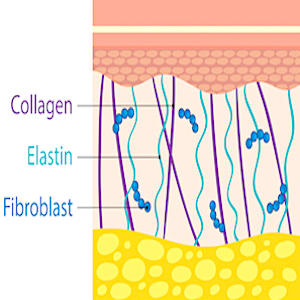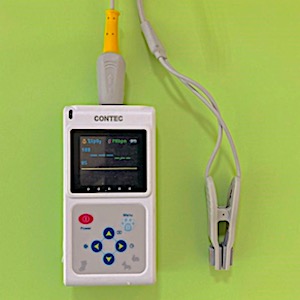The effectiveness of flashlamp-pumped pulsed dye laser in conjunction with topical imiquimod treatment for rosacea
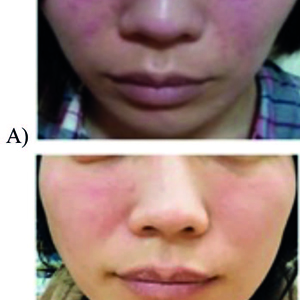
All claims expressed in this article are solely those of the authors and do not necessarily represent those of their affiliated organizations, or those of the publisher, the editors and the reviewers. Any product that may be evaluated in this article or claim that may be made by its manufacturer is not guaranteed or endorsed by the publisher.
Authors
Rosacea is a chronic dermatosis with no cure. Our goal was to evaluate if the combination of flashlamp-pumped Pulsed Dye Laser (PDL) treatment with topical imiquimod could improve therapeutic outcomes. Fourty patients diagnosed with rosacea and aged between 16 and 53 years were assigned for three different types of treatment: i) PDL-only, ii) imiquimod-only, and iii) PDL + imiquimod. The PDL test sites received a single treatment with the VBeam laser (λ = 595 nm; spot size = 7 mm; tp = 1500 msec) at a dosage of 10 J/cm2 with cryogen spurt duration (30 msec) and the delay time (20 msec). For the test sites of PDL + imiquimod and imiquimod-only, the patients applied imiquimod topically to the test sites once a day for 1 month. Patients were followed-up at 1, 3, and 6 months. The primary efficacy was measured with a DermoSpectrometer. Patients were also monitored for adverse effects. Pair-wise analysis showed statistically significant differences between the blanching responses for the PDL + imiquimod and PDL-only and imiquimod-only treatments (p<0.005). Transient hyperpigmentation was noted in 5% (n=2) and 20% (n=8) of patients in the PDL + imiquimod and PDL-only treatment, respectively. Hyperpigmentation resolved spontaneously within 6 months. Permanent hypopigmentation or scarring was not observed. Superior blanching responses were obtained when using PDL + imiquimod than PDL-only or imiquimod-only treatment for rosacea. A larger number of patients are required to support the results of this study.
How to Cite

This work is licensed under a Creative Commons Attribution-NonCommercial 4.0 International License.







